
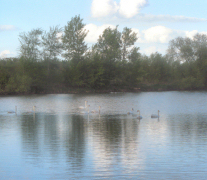
 |
|
 |
|
|
|
|
||
| Habitats | |
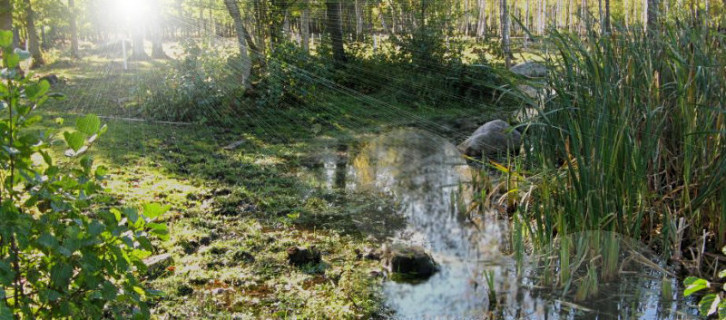 |
|
Newts deserve our care and respect. They have been existing for millions
of years.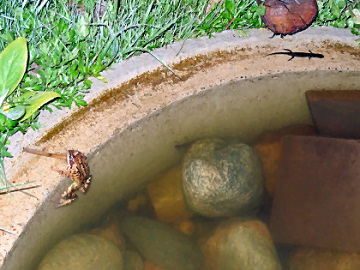 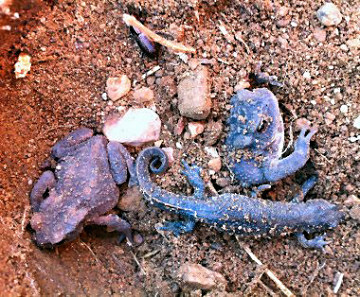 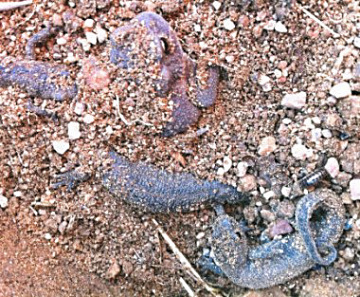 |
The above picture would be a perfect waterbody and
surrounding for newts. There are some old trees, stumps, rocks, leaves,
a beach and grazed grassland. The water is shallow and sun exposed and
contains small underwater plants as well as larger terrestrial plants.
Some years the pond might dry out which would be an advantage as no fish
that could be established in the water would survive. The fish is not
only the worst predator for their larvae and eggs but also consuming
almost all living food not leaving much behind for the newts. A small garden pond measuring 15m2 can contain up to a few hundred smooth newts and dozen great crested newt. This implies that the creatures need functioning habitats and already live in the area so that they can find the waterbody. Decorating a pond with rocks, hiding places and plants is a simple job compared to decorating large enough and functioning enough areas outside the water habitat. It can be an advantage to have a tree close to edge of the pond on its west side as it can provide the pond with some shade in hot afternoons during summer. Also the falling leaves in autumn sink to the bottom of the pond and serve as perfect hiding and breeding areas in the next season. If the surroundings are favorable it can be enough with a concrete well measuring 40cm deep and 90cm wide. It’s far from perfect but illustrates how important the surroundings are. When using small dams/concrete rings or plastic ponds it is possible to plant small waterplants in pots. It is then simple and easy to maintain, replace or even prepare for winter. However, in this type of minimal waterbodies it can be challenging for larvae to develop. The pictures with the amphibians in the sand are amazing! Unfortunately there was only time for three pictures with a mobile phone before they dispersed. When my daughter was restoring a small stonewall she accidently disturbed a hideout for amphibians with toads and newts. This is two toads and four fully grown great crested newts in a pile in the sand; they were very close together to decrease dehydration from the sun. At this point in time there had been no rain for some time and the ground was very dry. There is a lot left to learn from the newt’s habits, survival instincts and demands on habitats. But if we learn more it will also become easier for us to help them thrive in our landscape and habitat. They have actually been on this planet for far longer than we have and deserve our care and respect. |
| On the right hand an almost 1 year old black male without decorative backfin feasting on a worm just outside the dam. Half of it is already eaten. Newts seem to have good eyesight under water but on land they don’t react upon movement unless it is within a couple of metres. It is thought that they use their sense of smell to find their way back to their home-pond. |
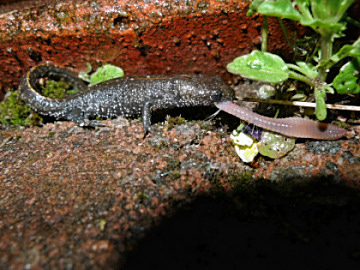 |
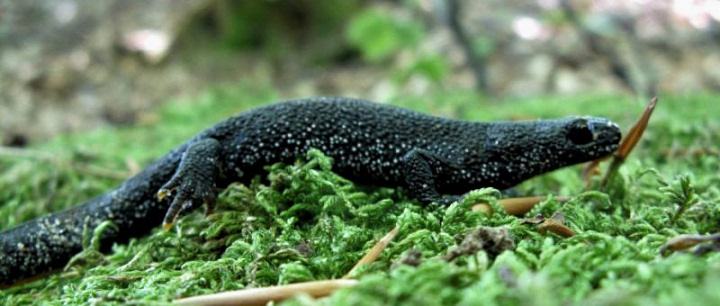 |
|
|
|
|
| © Peter Feuerbach |